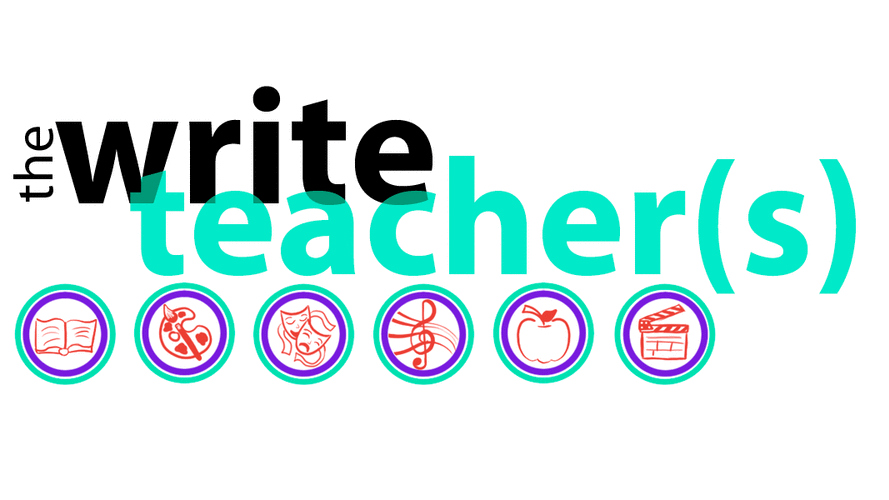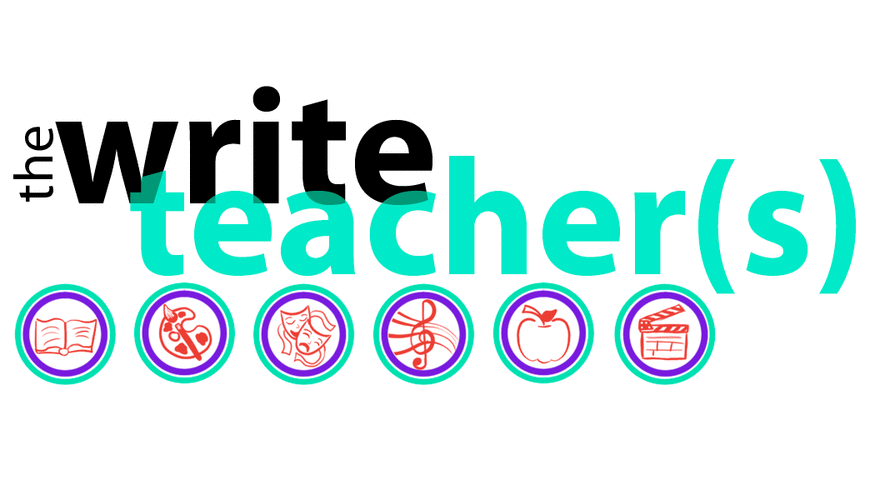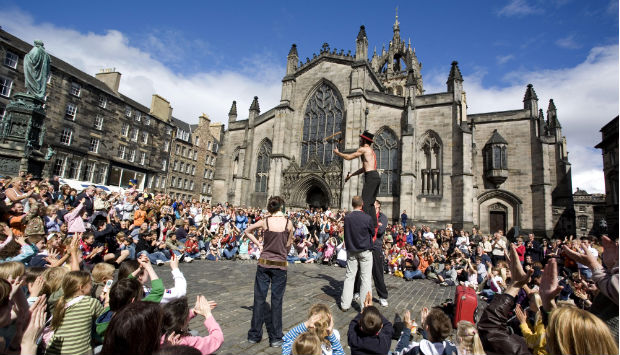Hello Friends,
The Edinburgh Fringe Festival is situated in the capital city of Edinburgh in Scotland. For us theatre folk, The Edinburgh Fringe Festival is the theatre festival version of Broadway. It’s the mother of all festivals. It’s like Oz – a real life fairy land. Most artists want it to be a part of their legacy. Just like Broadway, if you have a show, the backing, and a venue, you too can be a part of this intense artistic endeavor. However, unlike Broadway, you are producing your show with thousands of performances which include Cabaret, Children’s shows, Comedy, Dance, Physical Theatre and Circus, Events, Exhibitions, Music, Musicals and Opera, Spoken Word, and Theatre in a short span of time.
The Fringe Festival emerged in 1947 when 8 companies showed up uninvited to the Edinburgh International Festival and put their performances up on the “fringe” of the Festival. Talk about making an artistic statement. It is in that spirit that the Fringe Festival is open to anyone who has a show and a budget. What draws my interest is the community of artists who are together for about at least a month in this amazing city. Though the festival runs for 3 weeks in August, most performers are there from the middle or end of July. They live in this artistic commune with artists from all over this world for this period of time.
Why be a part of an arts festival of this caliber? What is gained from participating in it? What happens after it ends?
I feel fortunate to have a few friends and colleagues who have been a part of the festival or are currently there now. Jara Jones was a part of the ensemble that premiered The Original Star Wars Trilogy in 30 Minutes there in 1996. Jara shares his experiences:
Malini: What is it like to be a part of an international community away from your show’s home base?
Jara: “For us (we went as a college/alumni/guest artist based group called Festival Theatre USC-USA), it was a time-honored experience. This troupe had existed since the late 60’s. John Ritter, Chuck Wagner, and others had performed in the troupe. An eccentric, passionate, yet wonderful man – John Blankenchip began this troupe (which is considered one of the first American companies in the Edinburgh Fringe Festival) with a streamlined eye towards modern and classical works. Being there for 49 days was electrifying. Every corner was filled with performers and artists blissful, yet hard at work. And, having been a tradition within the Fringe, the international community had grown to know and love us, especially for one particular off-the-wall theatre experience we performed at midnight to sold out houses: The Original Star Wars Trilogy in 30 Minutes. USC grad George Lucas had given us permission to make a truncated script of episodes 4-6 done at a manic pace with cheap, ramshackle costumes and props. Darth Vader also played Chewbacca. C-3PO announced the title crawls and also voiced R2-D2. I got to be Boba Fett, Uncle Owen, Stormtroopers, X-wing fighters (wearing plastic chairs around our bodies) and Admiral Ackbar.To share a love of such a wonderful, absurd, playful bit of theatre with an international crowd, and hear them howl with laughter made each evening so joyous.”
Malini: What was the benefit of being a participant as an actor within an ensemble?
Jara: “Working as an actor within an ensemble of about 25 people (all of whom did double and triple duty as technicians and deck crew for other shows we had in rep) really solidified my life’s purpose. Prior to Edinburgh, I had loosely thought about being an actor professionally. But here, eating and bleeding and sleeping and making 13 plays come together in only 4 weeks of rehearsal with these people, I knew there was no other life for me. This was home. And now, even though that experience was fifteen years ago, and several wonderful people from the time have left this world, there’s still an unbreakable bond with the brothers and sisters who shared those Scotland days and nights beside me. You’ve seen some of them in movies, or on television, Or composing music, or directing all over the world. Or burning bright as sharp, authentic beasts. That’s what Edinburgh does to an artist. That’s why every artist should give themselves to their land for a season. It will break them. It will help them rediscover that beginner’s joy of making art and expressing it as a reciprocal embrace.”
The idea of being within a group of your peers within a larger group of your peers is inspiring and awesome. So when a few of my solo artist friends took their one woman shows to Edinburgh, I was curious about that experience. Lucie Pohl‘s one woman show, Hi, Hitler, had a couple of successful runs here in New York City. As the grandniece of Bertolt Brecht, her lineage is steeped in theatre history. She took time out of her busy schedule to share the importance of her being there and what it has already inspired.
Malini: Why Edinburgh?
Lucie: “I wanted to take the show to an international audience and see how people connect, what works and what doesn’t outside of New York. Since I was born in Germany the European audience is very important to me. I also really liked the idea of the Edinburgh challenge – after all this is the biggest Theater Trade Show in the world! Somehow the thought presented itself to me and I never let go of it, I just kept going and now I am here! And I am so glad!”
Malini: What is it like to be a part of an international community away from your show’s home base?
Lucie: “It is absolutely incredible! Actors, performers, writers and theater people are all the same anywhere you go! The fact that we create something from nothing connects us beyond language, culture or heritage. And that is the beautiful thing here, you meet so many people from so many different places, doing such wildly different shows and yet you are a community, you are connected and there is a really strong sense of support! In the 2 weeks I have been here I have already met such amazing people and I feel so lucky to be here and have this opportunity. To me, seeing shows and meeting other performers that you would otherwise never get the chance to meet is the truly special thing about this experience and what makes it all worthwhile. It is also very interesting to see how other artists work, how their culture influences their work, how they respond to your own work and how they deal with success, competition, inspiration and the industry as a whole. I am learning so much every day.”
Malini: Have you thought about what’s next?
Lucie: “I have a residency at IRT in New York in the fall and will be doing the show there as well as developing another show at the same time in the space. I have also been talking to theaters in London and am hoping to take the show there for a limited run at some point, hopefully before the new year. That would be a dream come true! At the moment I am also already starting to think about what show I would want to bring back to the Festival next year, because I definitely want to come back! There are a lot of projects floating around my head…we’ll see which one makes it!”
So far we have community, inspiration, a family. I started to think about what it must be like to produce a show in that type of setting. Mary Lou Quinlan stated in an interview with the International Women Artist’s Salon Radio show that the festival is “outrageously busy” and is a “great marketing lesson”. Quinlan’s The God Box is one of 3,000 shows and one of 47,000 performances. As she recognizes the importance of the moment and doing the best show in this crazy, happy and giddy environment, she still has to sell tickets. This is where she prints out flyers, makes use of sandwich boards, etc. The artist is constantly working in spite of just creating.
I think it is wonderful. I would like to have that experience. I just received the inspiration.
Live, Love, Learn,


